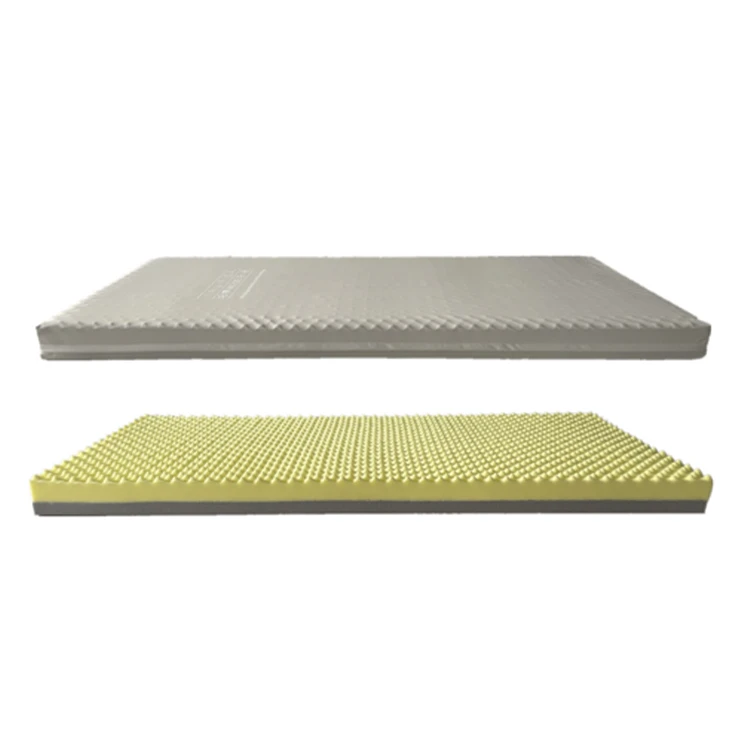Optimal Strategies for Effective Pressure Injury Management and Patient Care
High-Quality Pressure Injury Care A Comprehensive Approach
Pressure injuries, also known as pressure ulcers or bedsores, are localized damage to the skin and underlying tissue that result from prolonged pressure, often in combination with shear and friction. These injuries typically occur over bony areas of the body and are most common in individuals with limited mobility. High-quality pressure injury care is essential to improve patient outcomes, enhance quality of life, and reduce healthcare costs. This article explores the components of effective pressure injury care, including prevention strategies, assessment, treatment, and interdisciplinary collaboration.
Understanding Pressure Injury Development
The development of pressure injuries is a complex process influenced by various risk factors. Key contributors include immobility, inadequate nutrition, moisture, and friction. A thorough understanding of these factors guides healthcare providers in implementing preventive measures. Regular training and education for staff are crucial in recognizing individuals at high risk and applying best practices in care.
Prevention Strategies
Prevention is the cornerstone of high-quality pressure injury care. Implementing a systematic approach can significantly reduce the incidence of these injuries. The following strategies are fundamental
1. Risk Assessment Utilize validated tools such as the Braden Scale to assess patients’ risk levels upon admission and continuously during their stay. Identifying patients at risk allows for early intervention.
2. Skin Care Maintaining skin integrity is vital. Regularly inspect the skin, especially over bony prominences. Use moisturizers to prevent dryness and protect the skin from excessive moisture due to incontinence.
3. Nutrition Adequate nutrition plays a critical role in skin health. Collaborate with dietitians to ensure patients receive balanced diets rich in protein and essential vitamins and minerals that promote healing.
4. Positioning Regular repositioning is essential to alleviate pressure. For individuals at risk, repositioning every two hours may be necessary. The use of specialized mattresses and cushions can further reduce pressure on vulnerable areas.
5. Patient Education Educate patients and their families about the importance of mobility, skin care, and nutrition in preventing pressure injuries. Engaging patients in their own care promotes adherence to preventive measures.
Comprehensive Assessment
high quality pressure injury care

A comprehensive assessment is essential in ensuring that once a pressure injury develops, it is properly classified and managed. Conducting a thorough evaluation involves identifying the stage of the injury, dimensions, depth, and any signs of infection. Staying informed about the latest classification systems and healing modalities is important for effective care.
Treatment Modalities
Once a pressure injury is diagnosed, prompt and appropriate treatment is essential. Wound care should focus on cleaning, debridement, and promoting a conducive environment for healing. Some treatment modalities include
1. Wound Dressings Select appropriate dressings that maintain a moist environment while protecting the wound from contaminants. Hydrocolloid, alginate, and foam dressings may be employed based on the injury’s characteristics.
2. Infection Management Monitor for signs of infection, including increased redness, swelling, and exudate. If infection is suspected, appropriate wound cultures should be obtained, and antimicrobial treatments initiated as needed.
3. Advanced Therapies In some cases, advanced treatments such as negative pressure wound therapy may be indicated to promote wound healing. Explore these options in collaboration with wound care specialists.
Interdisciplinary Collaboration
High-quality pressure injury care requires effective collaboration among a diverse team of healthcare professionals. Nurses play a pivotal role in daily assessments and wound care, while physicians guide medical management. Dietitians, physical therapists, and occupational therapists contribute vital expertise in their respective areas, ensuring a holistic approach to patient care.
Regular team meetings to discuss patient progress and care plans can improve communication and enhance patient outcomes. Emphasizing the importance of teamwork fosters an environment of shared knowledge and accountability.
Conclusion
High-quality pressure injury care is both a challenge and a responsibility for healthcare providers. By prioritizing prevention, conducting thorough assessments, implementing effective treatments, and fostering interdisciplinary collaboration, we can significantly reduce the burden of pressure injuries. Ultimately, the goal is to enhance patient well-being and ensure that all individuals receive the compassionate, thorough care they deserve.
-
The Effect of Coconut Foam Mattress Breathability and Humidity Regulation on Improving Sleep QualityNewsJul.03,2025
-
How Wave Mattress Systems Improve Blood Circulation During ImmobilityNewsJul.03,2025
-
The Climate-Adaptive Sleep Revolution: Exploring the Benefits of Cooling Gel Memory Foam MattressesNewsJul.03,2025
-
Exploration of the Role of Coconut Foam Mattress in Preventing Bedsores in the ElderlyNewsJul.03,2025
-
Comparing Wave Mattress and Air Mattress: Which Is Better for Medical Use?NewsJul.03,2025
-
Analysis of Comfort and Environmental Performance of Natural Latex and Coconut Foam MattressNewsJul.03,2025
-
Multi-Layer Construction for Enhanced Performance in Gel Mattress PadNewsJun.24,2025

